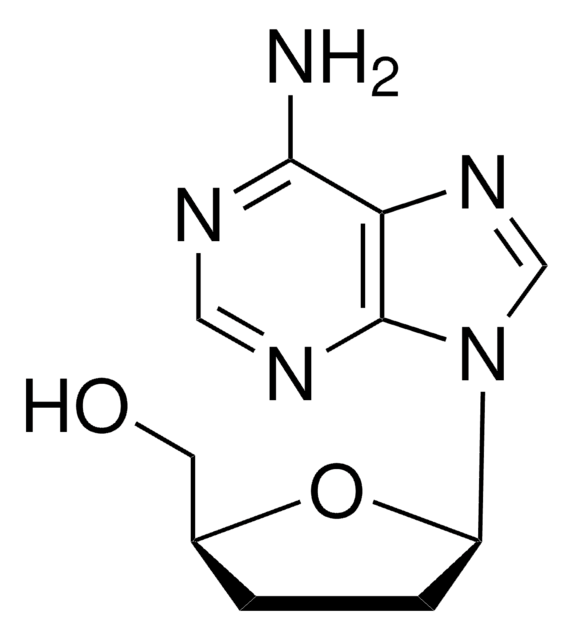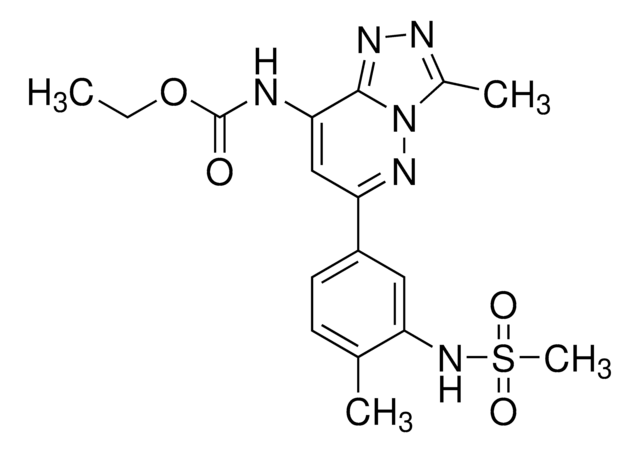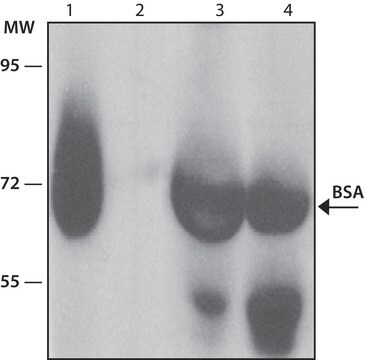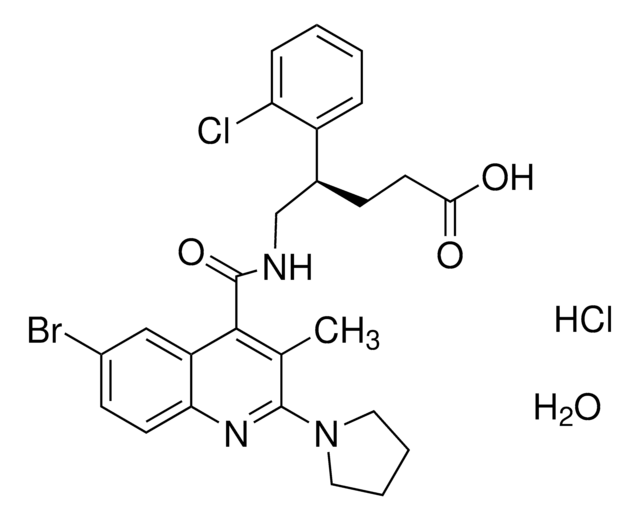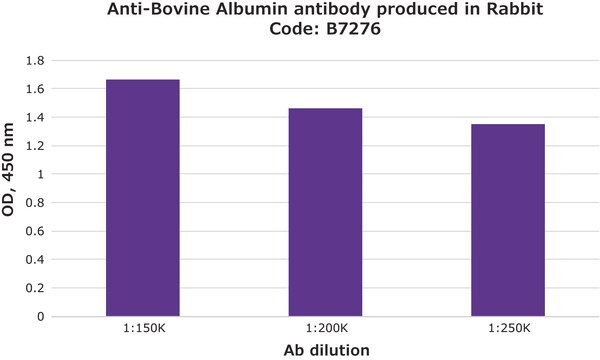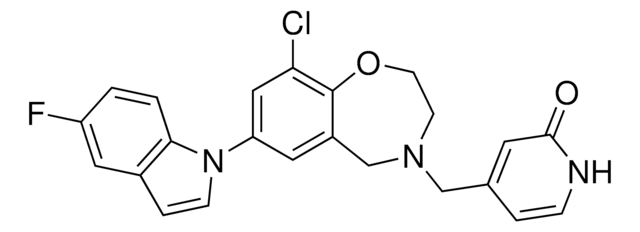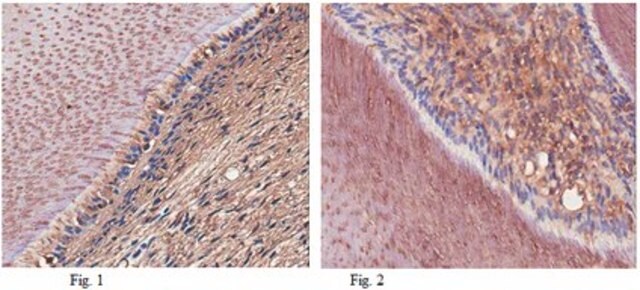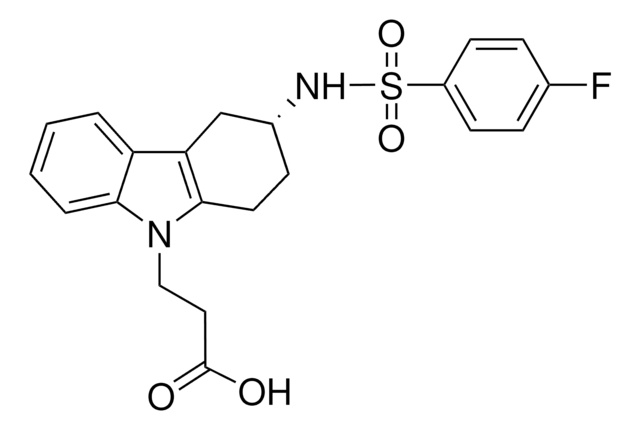SML2743
TM30089
≥98% (HPLC)
別名:
2-(3-(4-Fluoro-N-methylphenylsulfonamido)-3,4-dihydro-1H-carbazol-9(2H)-yl)acetic acid, 3-[[(4-Fluorophenyl)sulfonyl]methylamino]-1,2,3,4-tetrahydro-9H-carbazole-9-acetic acid, CAY 10471, CAY-10471, CAY10471, TM 30089, TM-30089, {3-[(4-Fluorobenzenesulfonyl)methylamino]-1,2,3,4-tetrahydrocarbazol-9-yl}acetic acid
About This Item
おすすめの製品
品質水準
アッセイ
≥98% (HPLC)
フォーム
powder
色
white to beige
溶解性
DMSO: 2 mg/mL, clear
保管温度
−20°C
InChI
1S/C21H21FN2O4S/c1-23(29(27,28)16-9-6-14(22)7-10-16)15-8-11-20-18(12-15)17-4-2-3-5-19(17)24(20)13-21(25)26/h2-7,9-10,15H,8,11-13H2,1H3,(H,25,26)
InChI Key
CANCTKXGRVNXFP-UHFFFAOYSA-N
生物化学的/生理学的作用
シグナルワード
Warning
危険有害性情報
危険有害性の分類
Aquatic Acute 1 - Aquatic Chronic 1 - Eye Irrit. 2 - Skin Irrit. 2 - Skin Sens. 1
保管分類コード
11 - Combustible Solids
WGK
WGK 3
適用法令
試験研究用途を考慮した関連法令を主に挙げております。化学物質以外については、一部の情報のみ提供しています。 製品を安全かつ合法的に使用することは、使用者の義務です。最新情報により修正される場合があります。WEBの反映には時間を要することがあるため、適宜SDSをご参照ください。
Jan Code
SML2743-25MG:
SML2743-BULK:
SML2743-5MG:
SML2743-VAR:
最新バージョンのいずれかを選択してください:
ライフサイエンス、有機合成、材料科学、クロマトグラフィー、分析など、あらゆる分野の研究に経験のあるメンバーがおります。.
製品に関するお問い合わせはこちら(テクニカルサービス)
